Pasts Imperfect (10.19.23)
Finding Graduate Funding, Mobile Medieval Tea, Ancient Camels, and More
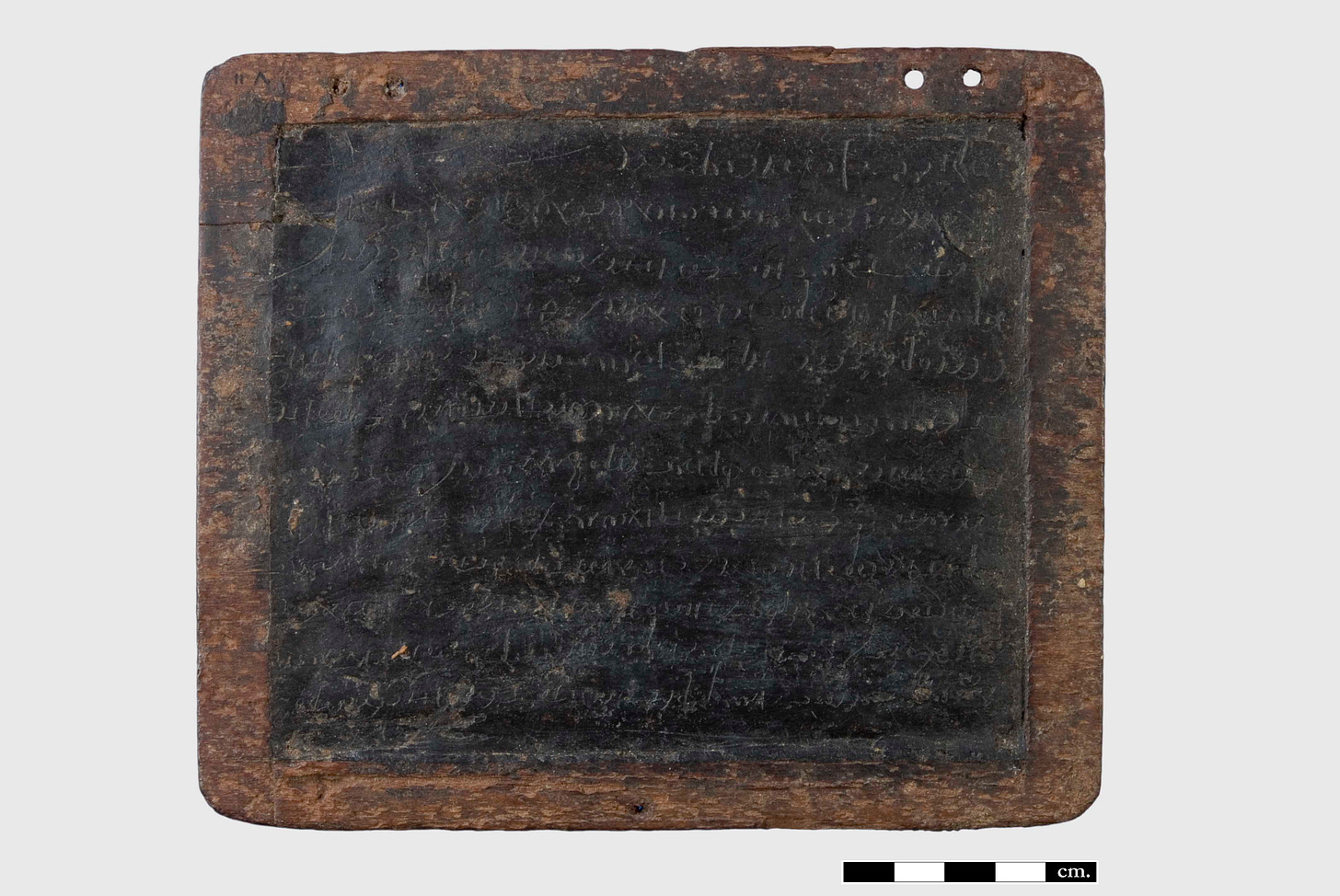
This week, historian and numismatist Liv Yarrow discusses graduate funding in Classics and related fields, and then details resources for finding funded MAs, Bridge Programs, and Pre-Doctoral Fellowships. Then, medieval mobile tea and politics in the Song Dynasty, Neolithic camel etchings in Saudi Arabia, Jordanian “desert kites,” a look at androgynes and eunuchs in Rabbinic literature, AI and the Herculaneum scrolls, a new fresco of Cerberus, and much more.
A note from Sarah Bond and Stephanie Wong: Before commencing with our normal newsletter content, a note regarding the Israel-Hamas war. For us, the past is imperfect and so is the present—and we make the future no better by ignoring either. We are in the process of learning and listening, and this week we turned to Judith Butler’s words in the London Review of Books for help in articulating a condemnation of violence in Gaza. Additionally, Maha Nassar’s history of Gaza provides the historical context that Butler asks us to consider. Because we continue to learn new information about the conflict each day, we are open to folks’ thoughts. We urge our audience to acknowledge that we can denounce the killing of innocent civilians, while recognizing the nuances of the situation and the heartbreaking consequences of normalized colonial rule.
Finding Graduate Funding to Study Antiquity by Liv Yarrow
Back in early 1998 I went looking for a tutor in ancient Greek to help prepare for graduate study while working full time and living with my mother. I had studied some Latin, but no Greek at that point. A professor at a local university answered my query and arranged a meeting with me. When I arrived it turned out his objective was not to talk about possible tutoring, but to inform me that I had no chance of getting into a PhD program, let alone making a career of it. Nevertheless, I persisted: my doctoral research focused on ancient Greek texts, many of which lacked any English translation at that time. Still today, if an undergraduate student becomes interested in Classics or a similar area of study, they may very well be told there is no hope to continue with their newfound passion. And yet, there are a growing number of resources to help fund and financially support Classics graduate students.
Fast forward more than two decades, and I work on a campus ranked the most diverse in the Northeastern US. It’s regularly honored as a top national social mobility elevator, a term that I hate. Our students typically support themselves and families by working while attending school, and more than 80% qualify for state and federal grants. I also now know a great deal more about the expectations of graduate programs and how hard it is to move from non-elite spaces like my own institution into the PhD programs whose alums do best on the academic job market. My challenge is how to support the dreams of the young scholars we most need in this field, but also to be transparent about not only the state of disciplines in the humanities, but also the costs, including but not limited to the economic ones. I can point to successful alums from unconventional backgrounds such as Patrice Rankine and Yelena Baraz, but I also know that without the right support and guidance such successes are unattainable.
In 2020, I decided to compile a list of affordable gateway programs: anything other than the better-known elite post-bacc programs with high tuition (to say nothing of the cost of living!). I was aware of the bridge program at UMichigan and that a program was in the works at Princeton, which is now well established. Arum Park wrote about the Princeton and Michigan programs and their necessity back in 2018. Yet I lacked any real understanding of the diversity of options and radical differences in funding of the numerous programs. I decided to keep my list to some basic facts to allow easy comparison and to organize the list by application deadline, so those who are exploring the application process later in the cycle can quickly find their options.
Each year the list changes. The crowdsourcing gets better, and programs reach out to share new information with me. The first big innovation came in 2022 when I started running funding levels against MIT data on cost of living. My goal is to help students see the true cost of each program and to think about the funding package as they would any job offer. I am grateful for the interest many have taken in the list and will keep it public-facing, but at its heart it remains like the rest of my blog posts: notes that I make just to keep track of information and ideas that can help me do my job better. Corrections and feedback are always welcome. Like scholarship, advising and mentorship are also best done in a collaborative and supportive community. Part of opening up Classics is not only creating resources, but then mentoring students about how they can find them and then apply. This list is just the beginning.
Take a look at the current list at Prof. Yarrow’s blog.
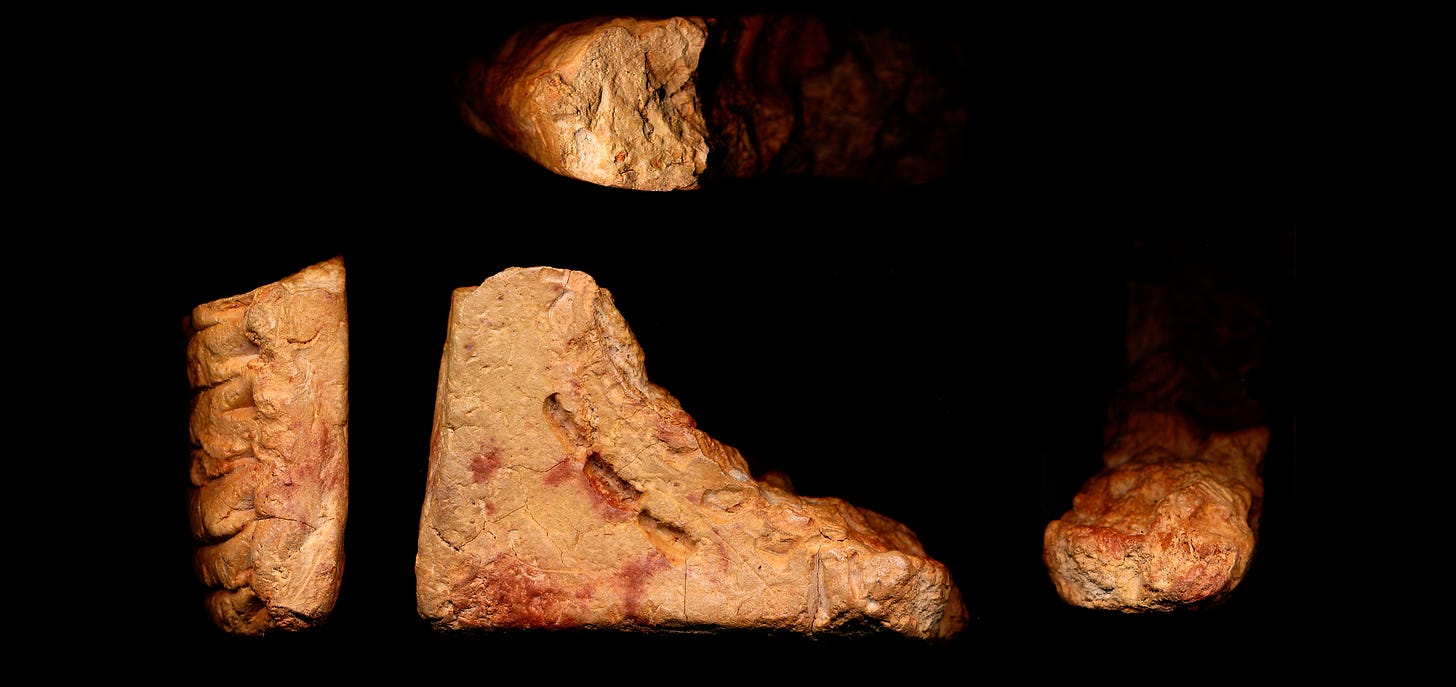
Public Scholarship and a Global Antiquity
The medieval mobile tea shops of the Song dynasty (960–1279 CE) are discussed below in a fascinating interview with Yang Zhishui, a researcher at the Institute of Chinese Literature, Chinese Academy of Social Sciences. For more bibliography and context for the role of tea in the Tang and Song dynasties, see Keyao Sun’s ArcGIS StoryMap and bibliography on, “The Political Impact of Tea: From the Palace to the Street.”
Over at LiveScience, they cover the discovery of “Life-size images of extinct camel species found carved into stones in Saudi Arabia” The dating is uncertain, but the drawings may go back to the Middle Holocene (7,000 to 5,000 years ago) or earlier.
It was announced last week that publishing houses Brill and De Gruyter will combine. As they note, “The enlarged scale will accelerate a transition to Open Access, finance investments in technology for end-to-end workflows and [fund] a cutting-edge market-facing (content) platform.” Hurray for open access!
At ASOR’s ANE Today, Yorke Rowan has an article on, “Beyond the Fertile Crescent: Life in the Black Desert.” In it, Rowan looks at the habitability of the Black Desert within Jordan, “the largest volcanic field on the Arabian Plate.” He argues that this area once contained humans, plants, and animals. Of particular interest is the use of “desert kites” and what these human interventions into the environment can tell us: “Established for hunting gazelle, the Wadi al-Qattafi kite chain suggests one reason why people spent significant time establishing permanent structures along the shoulders of the mesas.” If you want to know more about this “Neolithic Renaissance,” there is a Friends of ASOR webinar today at 6:00 pm EDT.
Over at Ancient Jew Review, Max K. Strassfeld discusses his book, Trans Talmud: Androgynes and Eunuchs in Rabbinic Literature, which was published in 2022 with the University of California Press. As he notes, this important book makes a number of significant interventions for studying gender and reading the sources of the past:
One of my interventions in the book is to use “transing” as my methodology for reading rabbinic sources. The word “transing” plays with the prefix trans (from the word transgender, for example), and uses that prefix as a verb. Susan Stryker, Paisley Currah, and Lisa Jean Moore argue that transing is: “… a practice that assembles gender into contingent structures of association with other attributes of bodily being, and that allows for reassembly…”[5] While these authors more fully explore the meaning of transing in their article, one of the most important aspects of this definition for my purposes is that it suggests that we can explore the mechanisms by which genders are formed (and can be reformulated) through their interaction with other characteristics of bodies. In this way gender is not a constant; it is historically and culturally contingent.
Researchers at the University of Kentucky who made the “Vesuvius Challenge” got their first prize-winning word recovered from the carbonized Herculaneum scrolls: ΠΟΡΦΥΡΑϹ (“purple dye”). Machine learning was used in different ways by Luke Farritor and then Youssef Nader to both arrive at the word—or close variant.
In the New York Times, a spotlight is cast on a number of new museum exhibitions focused on the Global South. From “Dining with the Sultan: The Fine Art of Feasting” at the Los Angeles County Museum of Art (December 17-August 4) to Cleveland Art Museum’s “China’s Southern Paradise” to the Met’s “Africa & Byzantium” (see more details below). As associate curator Andrea Achi noted about these exhibitions:
The curators of all these shows hope that their exhibitions help educate the public about areas that have often been less recognized or understood. “A lot of people are going to see things they’re familiar with,” Ms. Achi said, “but they’re not as familiar with the story behind the maker.”
We really dig this depiction 🐺🐺🐺 of Cerberus just discovered in a Roman chamber tomb in Giugliano, Italy.
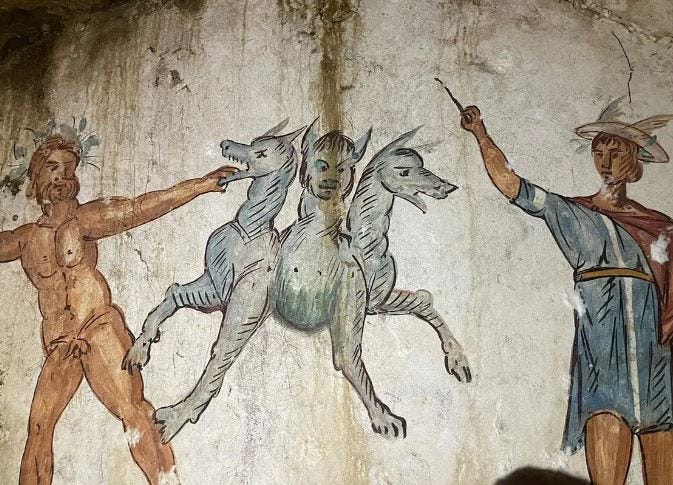
New Antiquity Journal Issues (by @YaleClassicsLib)
Apeiron Vol. 56, No. 4 (2023)
Journal of Near Eastern Studies Vol. 82, No. 2 (2023) NB Ada Nifosi “Petteia, Kubeia, and Grammata: Thoth’s Connection with Senet and Knucklebones in Ancient Egypt”
Journal of Indian Philosophy Vol. 51,No. 5 (2023) NB Fabien Muller “The Problem of Yogācāra Idealism”
Cambridge Archaeological Journal Vol. 33, No. 4 (2023)
Religion in the Roman Empire Vol. 9 No. 2 (2023) #openaccess Strategies and Practices of Resilience in Roman Religion
Journal of the History of Philosophy Vol. 61, No. 4 (2023) NB Wei Cheng “‘Every Perception Is Accompanied by Pain!’: Theophrastus's Criticism of Anaxagoras”
Byzantinische Zeitschrift Vol. 116, No. 3 (2023)
Zeitschrift für Antikes Christentum = Journal of Ancient Christianity Vol. 27, No. 2 (2023) Book under Discussion “Peter Brown: “Journeys of the Mind. A Life in History””
Classical Journal Vol. 119, No. 1 (2023)
Early Medieval Europe Vol. 31, No. 4 (2023)
Journal of Coptic Studies Vol. 25 (2023)
Antiquity Vol. 97, No. 395 (2023)
Arabian Archaeology and Epigraphy Vol. 34, No. 1 (2023)
TYCHE Vol. 36 (2021) #openaccess NB Marianna Thoma & Amphilochios Papathomas “The Use of Threat as a Rhetorical Strategy in Women’s Papyrus Letters”
Hesperia Vol. 92, No. 3 (2023)
Speculum Vol. 98, No. 4 (2023)
Journal of Eastern Mediterranean Archaeology and Heritage Studies Vol. 11, No.2-3 (2023) Phoenician Religion and Cult across the Mediterranean
Latomus Vol. 82, No. 2 (2023)
European Journal of Archaeology Vol. 26 No. 4 (2023)
Anatolica Vol. 48 (2022)
The Vatican Library Review Vol. 2 , No. 1 (2023)
Aitia Vol. 13, No. 1 (2023) Chercher la petite bête
Online Lectures, CFPs, and Current Museum Exhibitions
On Friday, October 20, 2023 at 6:00 pm CEST, the AAH and the Mommsen Society invite you to talks from Ella Karev and Christoph Lundgreen. Karev will address “Eikônographeia: Biometrics and Documentary Identity in Ptolemaic andRoman Egypt” and Lundgreen will speak on “Populism in Rome?” To get a zoom link please register by sending an e-mail to secretary@associationofancienthistorians.org.
In November, the Physiologies médicales et philosophiques (Ve s.AEC-Ve s.EC) seminar commences; at the Sorbonne University. On November 6, 2023 is a lecture from Sophia Connell (Session on Zoom and at the Bibliothèque de l'UFR de grec, 16, rue de la Sorbonne): “The Hippocratic Background to Aristotle's Gynaecology.” On November 7, 2023 (13h30-15h30, Paris Time) (Session on Zoom and at the Maison de la recherche, 28 rue Serpente, S002) Connell discusses “The Effect of the Constitution of Blood on Animal Character in Aristotle’s Parts of Animals.”
On November 8, 2023, Hella Eckardt speaks on “Writing and Power in the Roman world: literacy and material culture,” at 1:00-3:00 pm CST. Hosted by the Roman Research Trust and Cotswold Archaeology, Eckardt “explores the contribution of material culture studies to our understanding of Roman literacy.”
On November 9, 2023 at 7:30 pm CST, Jennifer T. Roberts addresses the model of Classical Athens and the lessons for modern democracies. The zoom link is printed on the poster below or you can email the SMU Department of History directly.
From November 19, 2023–March 3, 2024, The Metropolitan Museum of Art in NYC presents Africa & Byzantium. The museum notes the new exhibit is “a seminal exhibition of nearly 200 works that will explore the tradition of Byzantine art and culture in North and East Africa from the 4th through the 15th century and beyond.”
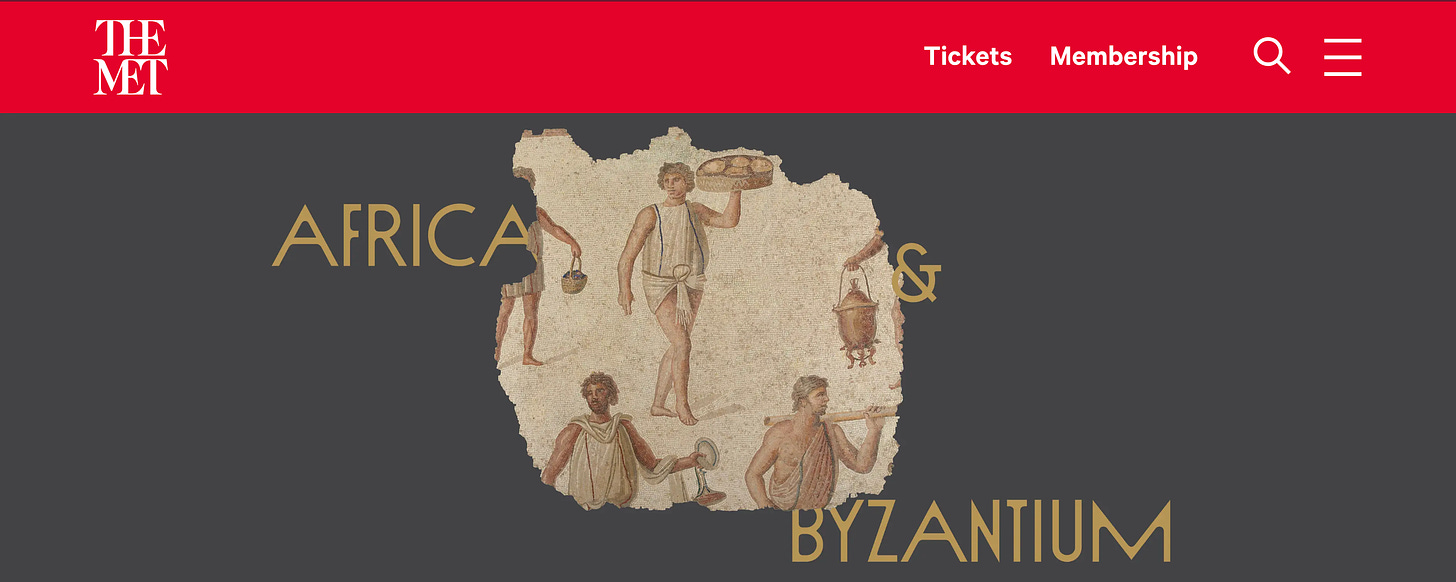
There is an upcoming graduate student conference at the Institute for the Study of the Ancient World in New York City. They invite submissions for the inaugural session of a graduate conference series ‘I Saw the Future of the Past.’ This first conference, to be held on March 7-8, 2024, is titled ‘Encountering the Past: Reflections on an Interdisciplinary Ancient World.’ The conference aims to bring together the next generation of scholars of the ancient world, across different disciplines, for a dialogue about how and why we study the past. Submissions are open to graduate students at any level. Each presenter will have 20 minutes to speak. Abstracts should be no more than 250 words. Please email your submissions as PDFs to isawstudentconference@gmail.com by December 20th, 2023.







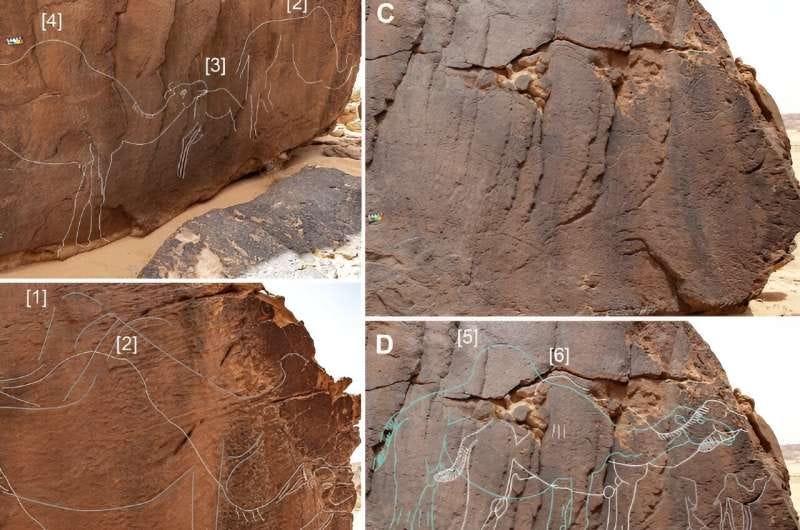
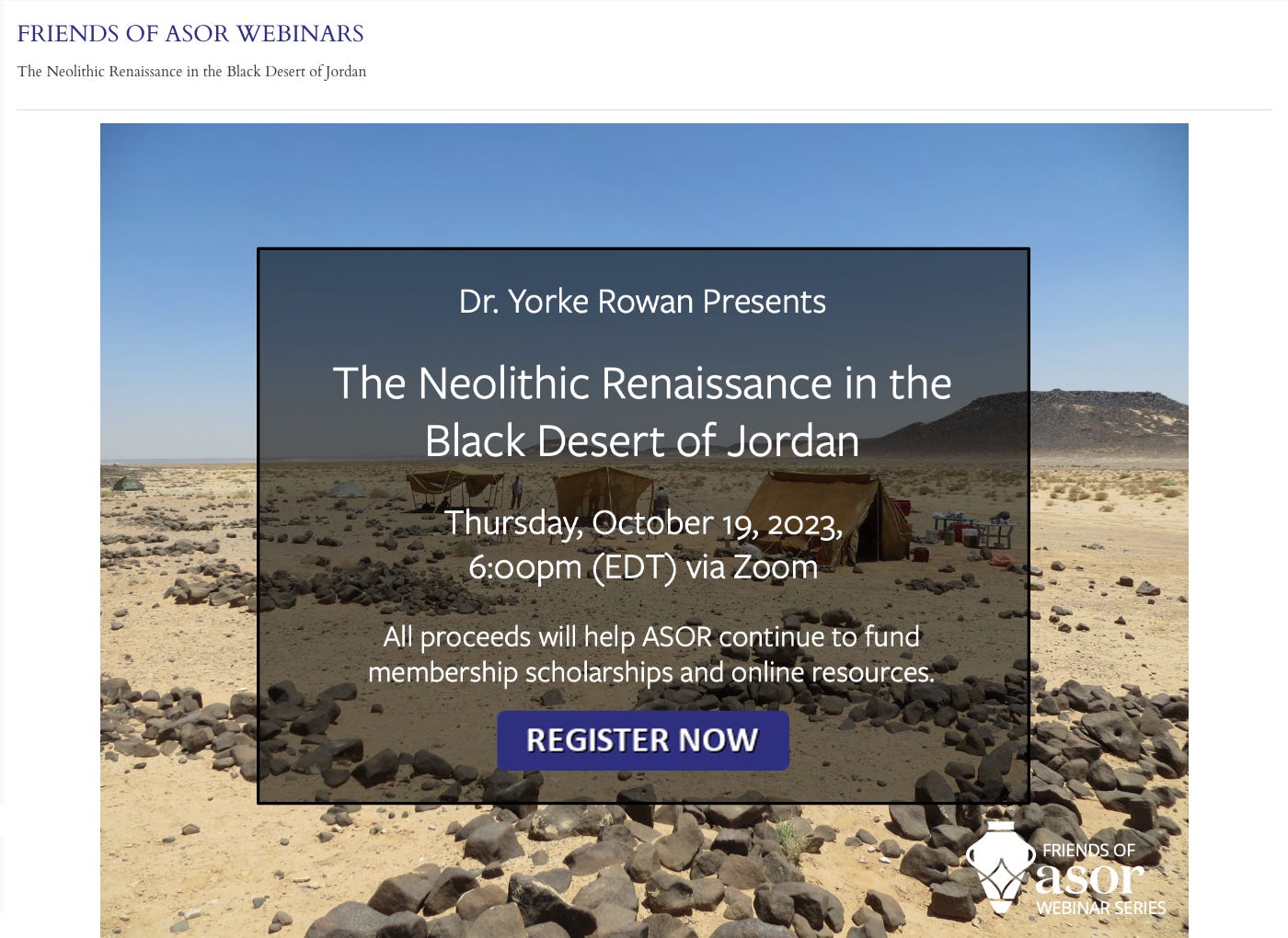

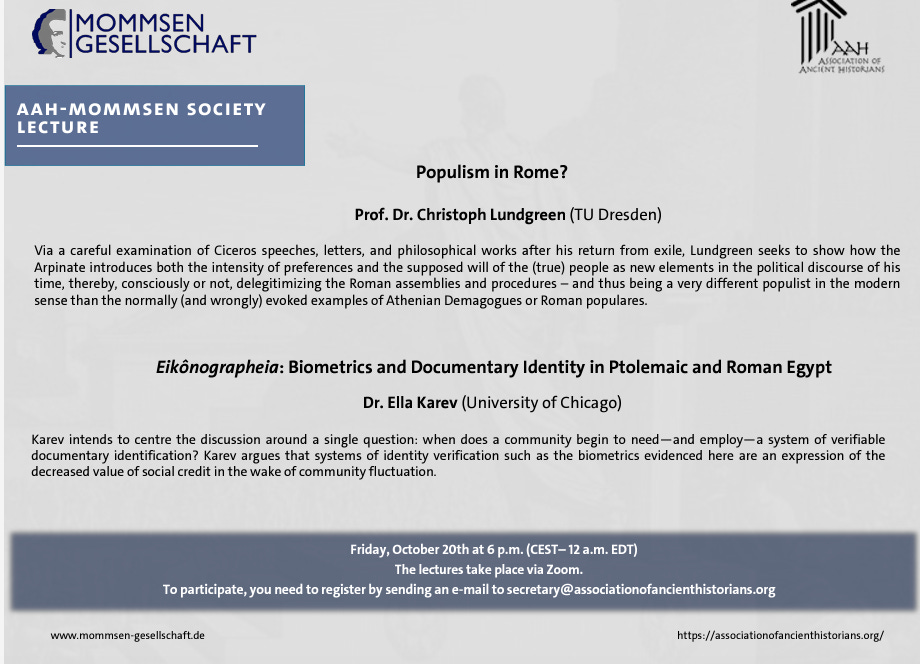
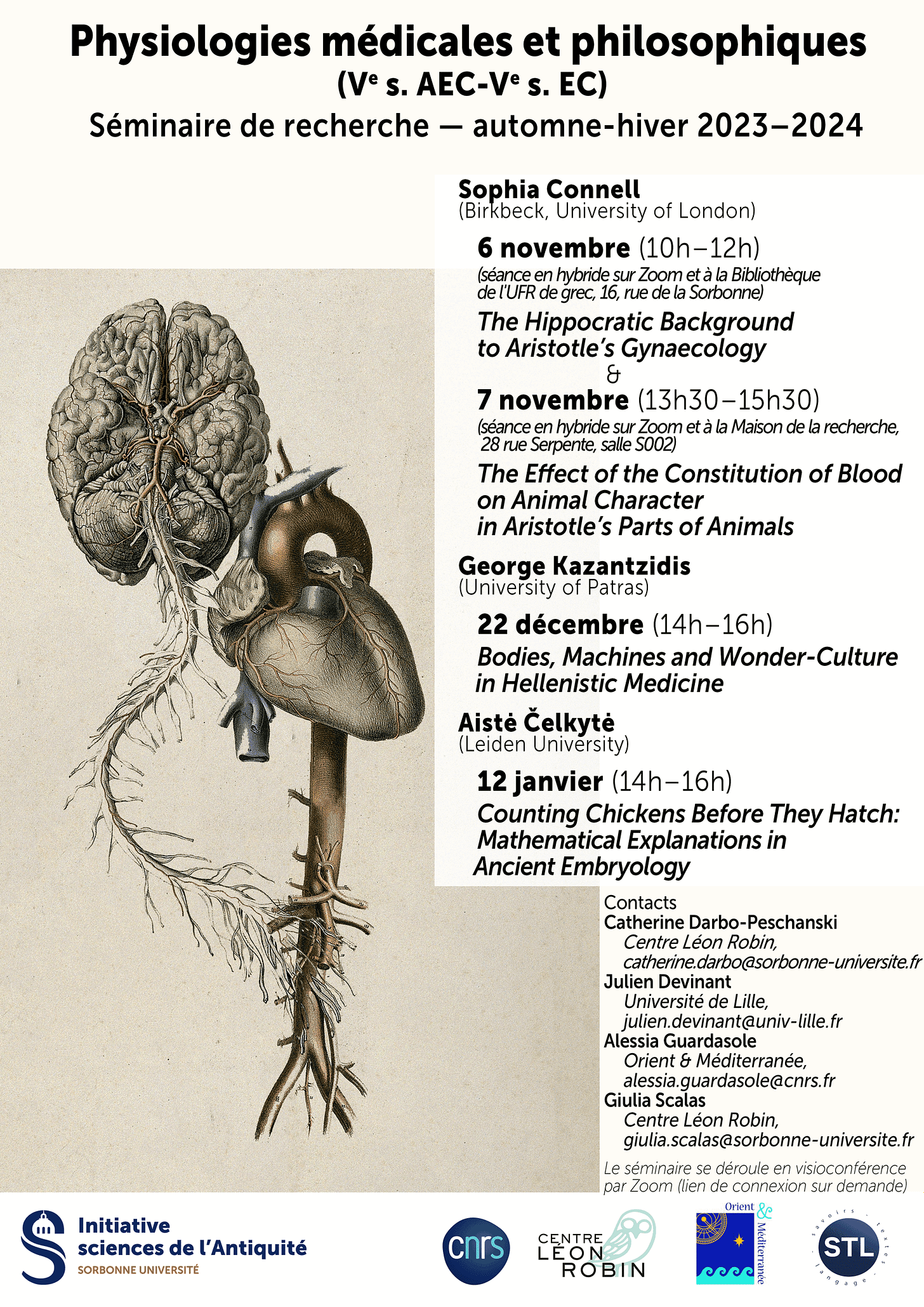
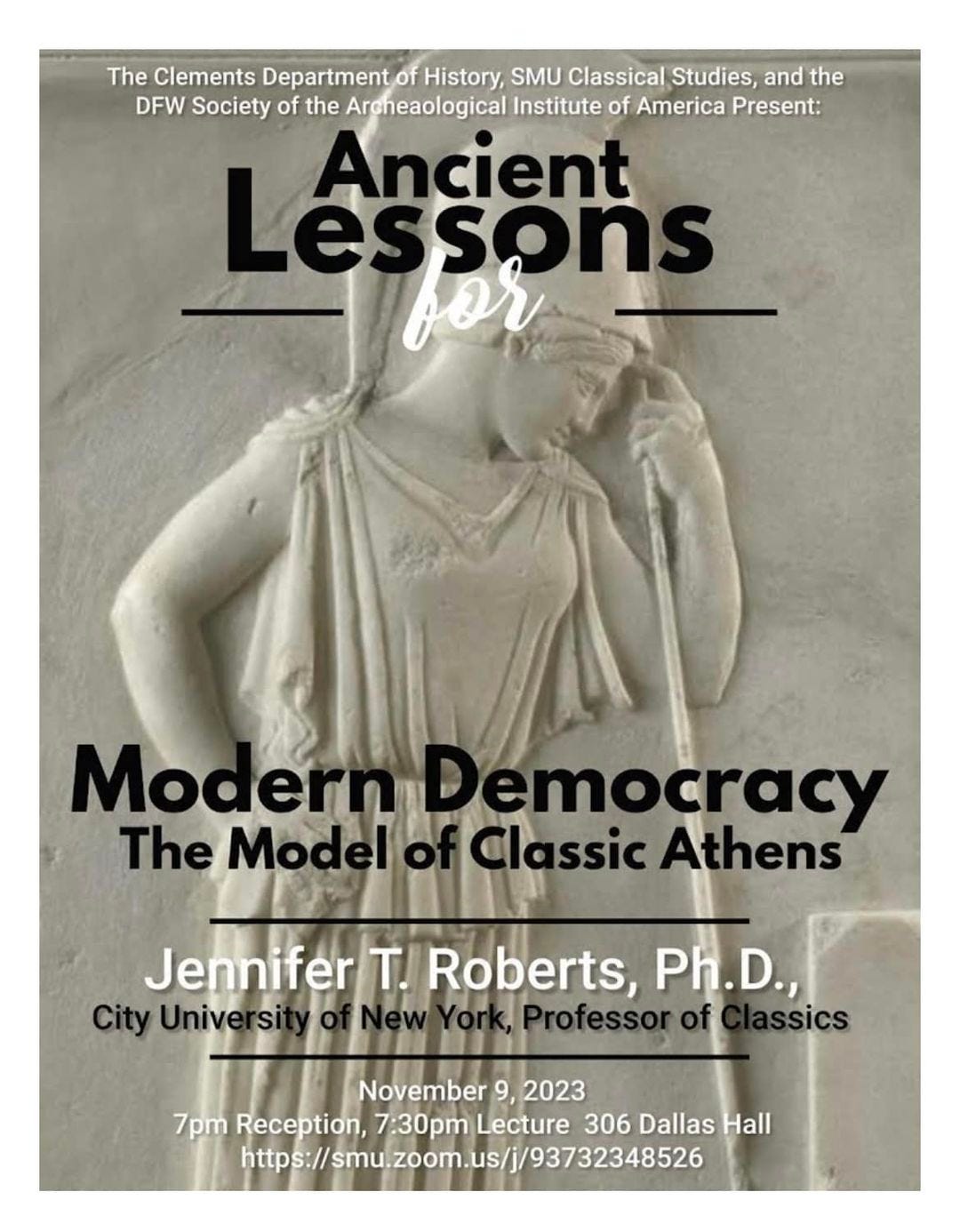

Thank you for the link to the article on the historical context of Gaza.